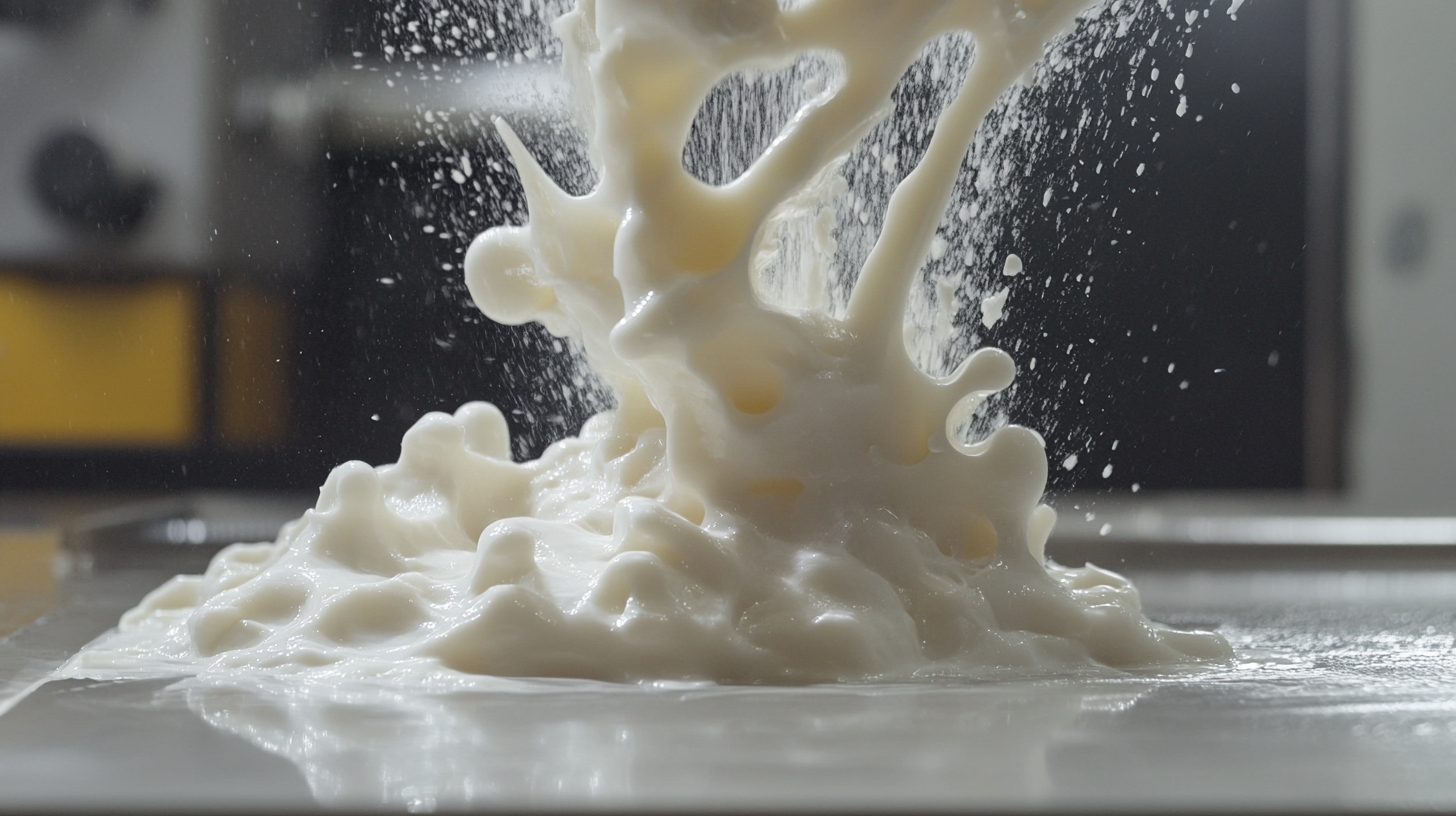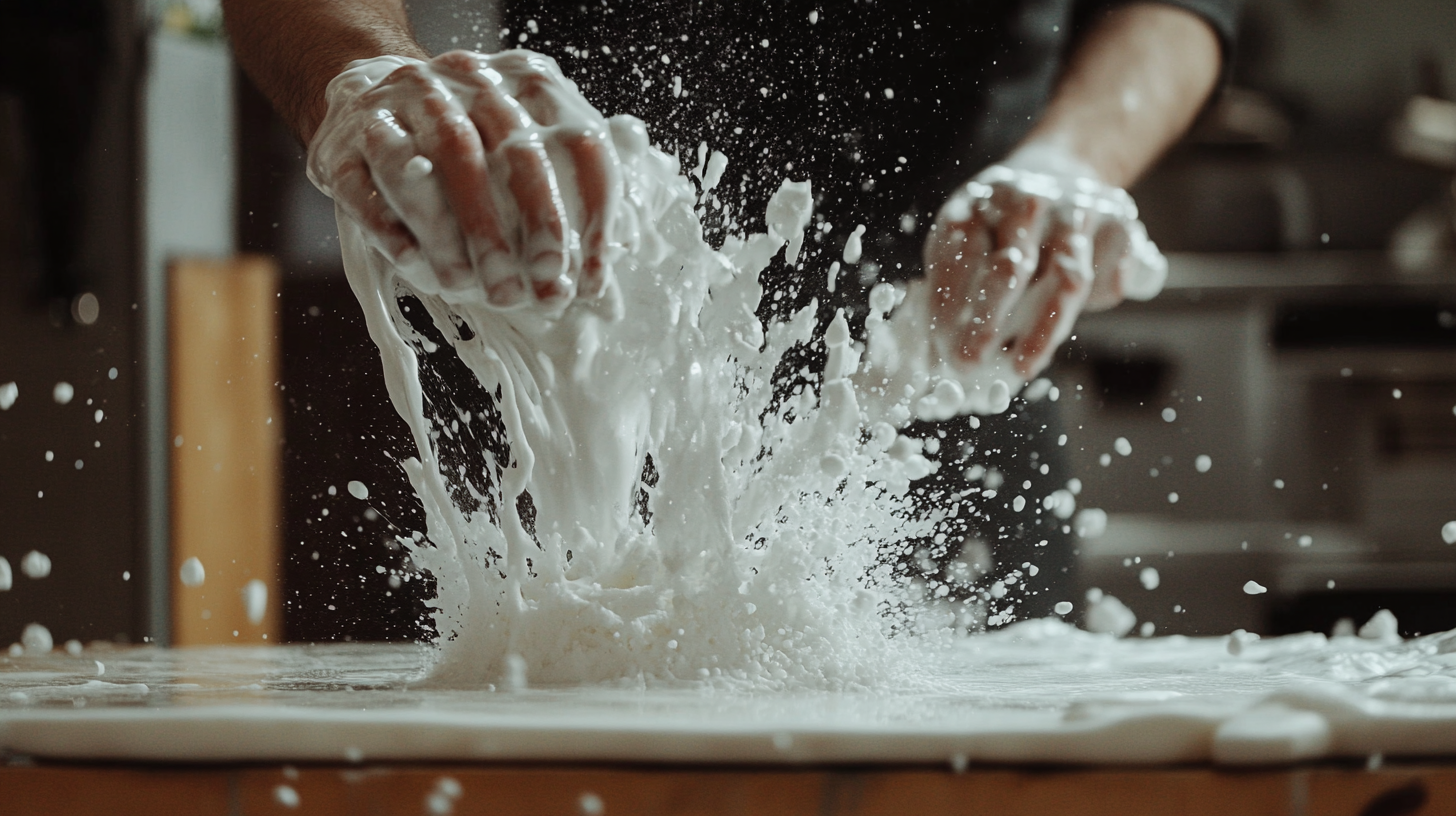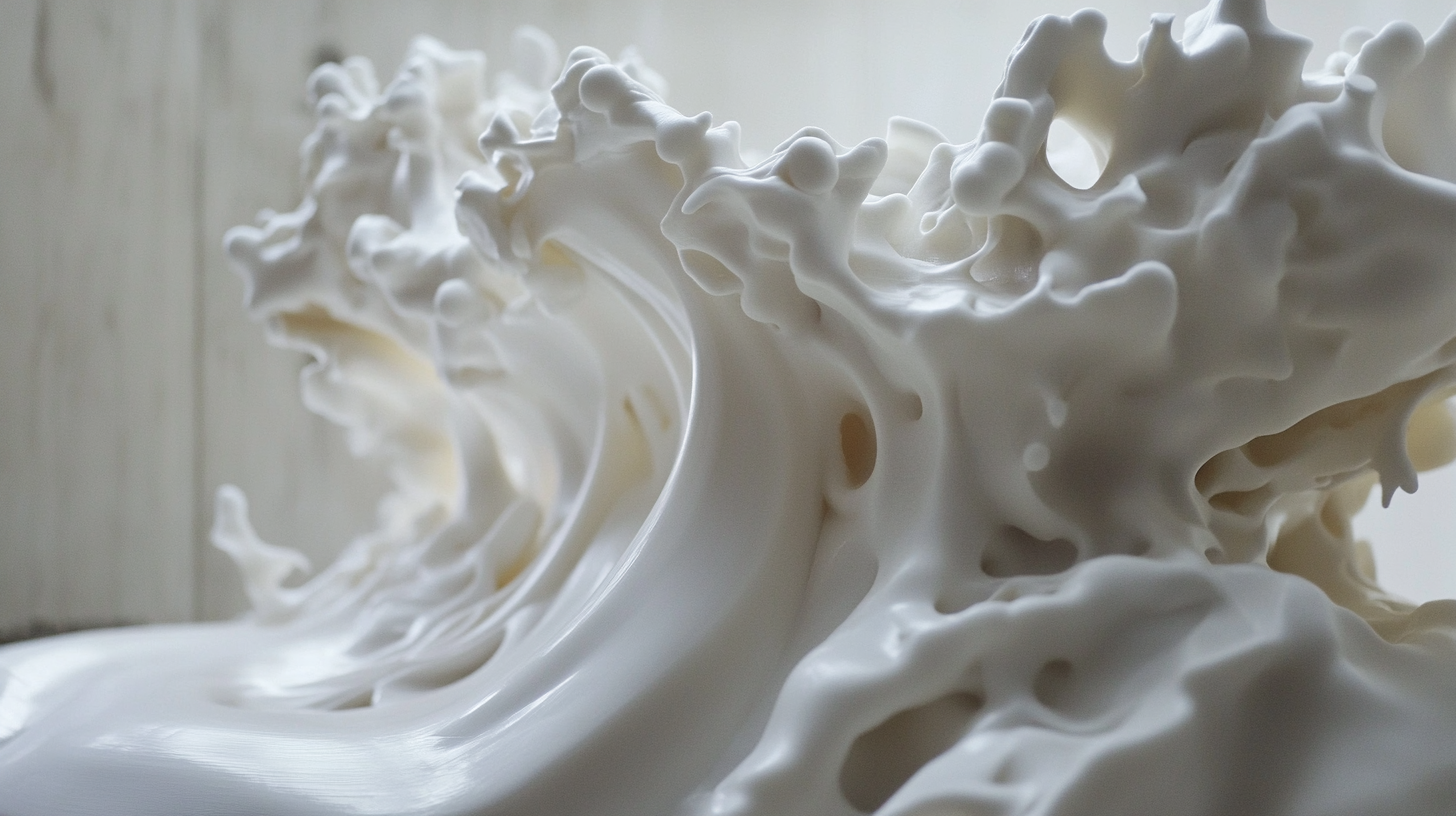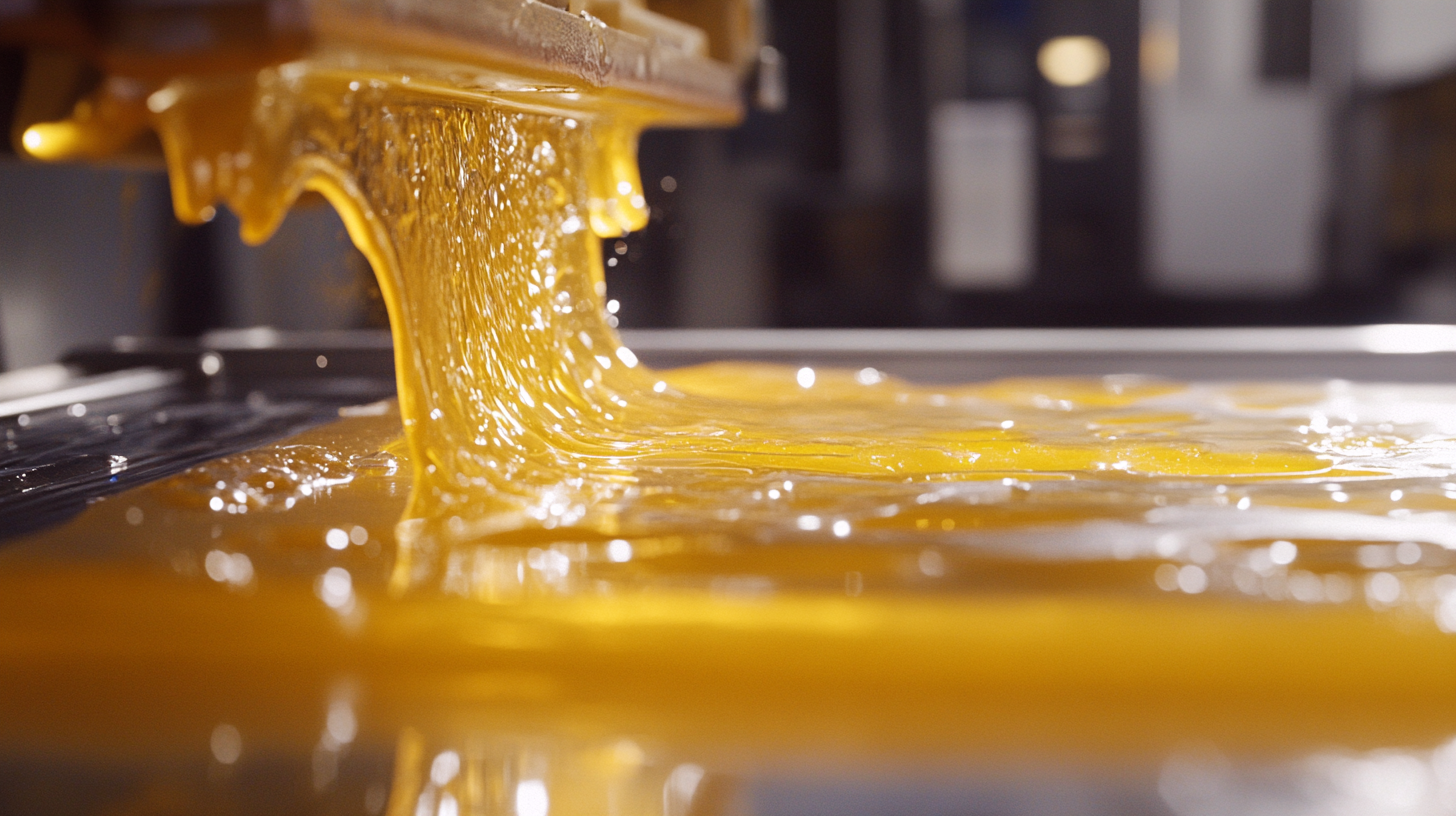When it comes to manufacturing, precision and efficiency are everything. Among the various methods that are currently utilized, Lost Foam Coating arguably has turned out to be a revolutionary technology that improves product quality and accelerates production processes. This technique, which synthesizes lost foam casting with state-of-the-art coating technologies, results in better surface finishes in addition to reduced production time. Learning and mastering Lost Foam Coating will take a manufacturer really up the ladder, adding a feather in the cap while at the same time enhancing their competitive edge in today's ever-challenging market.
For a factory looking at optimization, it becomes vital to familiarize itself with Lost Foam Coating. That is how complex and intricate designs and geometries, which were previously considered almost impossible to manufacture, can now be made possible. With appropriate techniques and applications, Lost Foam Coating can be optimized to minimize waste and maximize efficiency, making it essentially the key consideration for manufacturers transitioning toward sustainability and cost-effectiveness. In this blog, we delve into the ins and outs of Lost Foam Coating-the benefits, best practices, and tips for mastering this key manufacturing technique.

Lost foam covering is among the advanced technique that is being done today in modern industries especially in the area of foundries. The foam pattern is encased by a refractory material and subjected to molten metal, thus allowing the precision casting of complex shapes and removing the need for a conventional mold. Manufacturers will stand to gain a great deal-by mastering the fundamentals of lost foam coating material utilization, The process commences from the creation of a foam pattern that is usually composed of polystyrene. This is then covered by a sand-binding agent mixture to form a shell. Once the coating hardens sufficiently, molten metal is poured into the shell. The foam vaporizes, leaving a detailed cast that exactly replicates the original pattern. The technique improves both surface quality of the material produced and the contouring of even the finest details. Moreover, practice in lost foam coatings is governed by several factors such as the binder type, thickness of coating, and heating process. Optimizing process variables thus enables manufacturers to mass-produce and the development of improved mechanical properties in their castings. That is the persuasive argument that could place issues of understanding these basics to yield improved results or innovations in the manufacturing sector.

The lost foam coating process is one of the major techniques in the foundry that directly influences the quality of a final product. For a good outcome, the necessary materials and equipment should be made available. First of all, the right coating material needs to be selected., Common examples of coating materials are sodium silicate, which has very good adhesion property as well as water resistance, and ethyl silicate, which makes a hard and strong surface. The choice of coating depends on the type of finish that one would like to put on the casting as well as the thermal stability that is required.
Equally important is the equipment that is used in the lost foam coating process. A good spray gun could make all the difference in ensuring even application of coating material. Not to be overlooked is a good drying system that might help a lot in hastening the curing process for quicker turnaround times in manufacturing. Other tools such as mixing tanks for blending coating materials would make a controlled environment for application, thus maximizing effectiveness. Good investments in the proper equipment will improve the quality of the coatings, and as a result, also improve operational efficiency overall in a production setting.
Like every other manufacturer searching for excellence, learning and mastering the right materials and equipment required for lost foam coating can weigh heavily on the final product. By putting these matters at the forefront, manufacturers may master this craft and consistently produce high-quality results.

In the technique of lost foam coating lies a trend of manufacture that can shine up to the quality of castings. Whereas applying lost foam coating, a systematic approach is necessary for the results to come out perfectly. Hence, this guide gives a step-by-step approach to master the application process, enabling you to get a smooth and effective coating each time.
First, prepare the foam pattern. Make sure that the surface is clean and free from any debris, as even minor contamination may adversely affect the bonding and final finish of the coating. The next step would be to choose a good quality coating material suitable for the specific application requirements. Mixing of the coating to the manufacturer's instructions is very crucial in ensuring that optimal performance is achieved.
Once your materials are prepared, the next thing is to apply the lost foam coating. Spray application should be used for an even and consistent application of the coating. The sprayer should be held at a distance recommended from the foam surface to prevent drips or uneven layering. Apply multiple thin coats instead of one thick coat, with adequate drying time between applications. This will improve the strength of the coating and give the surface of the finished product a smoother finish.
After the final coat has dried, inspect the foam pattern for any imperfections. Light sanding may be carried out if needed to ensure a smooth surface. Following this, a strong and efficient lost foam coating can be achieved by performing these steps, resulting in far superior manufacturing outcomes and better quality castings.

Lost foam coating proves to be one of the most workable methods for manufacturing complex shapes and intricate designs. Like any other advanced process, there are challenges in such a process that may lead to suboptimal results. One of the most common challenges includes achieving uniformity in coat thickness, which is very essential to maintain integrity in the final product. Consistent coatings end up creating defects in, or the structural performance of the final product. Unfortunately, this has brought hardships to manufacturers in developing effective techniques in achieving an even application across surfaces.
Control of foam expansion has been one of the major problems experienced in lost foam coating, as extremely fast foam expansion possibly causes voids or bubbles in the coating, leading to a weak final structure. Here, manufacturers can explore controlled heating and cooling regimes as they influence the expansion rate of the foam and ensure its adhesion to the mold. Therefore, tuning of these parameters can help to reduce rejection rates and improve the overall casting quality.
Selection of the right binder and coating materials is also important in overcoming most of the lost foam coating challenges. It is because the different materials respond differently to heat and pressure and, thus, affect the performance of the entire casting process. Performing detailed materials testing and matching of the selected materials with specific application requirements can improve a lot in performance. Addressing these common problems with strategic solutions enables manufacturers to harness the potential of the process and thereby achieve optimal results for their production processes.
The lost-foam coating processes are the overture of a whole myriad of innovations in manufacturing, invigorated by the increasing demand in various industries and a concomitant demand for performance and durability. With increased adoption of this process by manufacturers, the innovations will lead to various trends toward future advancements.
The market reports indicate that the smart coating solutions are steadily emerging, and the size of the smart coating market will likely reach USD 16.4 billion by 2032, significantly growing at a CAGR of 3.5% for the period extending from 2024 until 2032. The major contributors to this enormous growth are the advancements in coating technologies that offer better functionality and effective applications. The cold spraying service market, on the contrary, would cross USD 330 million in 2023 and would witness an anticipated CAGR of over 4.5% between the period from 2024 to 2032, mainly due to a number of high-demand build technologies for coating across various industries.
In addition, there are advances in engine technologies that are reemphasizing the need for quality components such as cylinder sleeves in order to promote performance and life. With the changing needs of the automotive engine in view of technological advancements and environmental regulations, demand for advanced coatings for lost foam applications is likely to rise. Therefore, manufacturers are expected to understand these trends in order to capitalize on the emergent technologies and sustain competitiveness in the market.
The lost foam coating process is a critical technique used in foundry applications that significantly influences the quality of the final product by creating complex shapes and intricate designs.
Commonly used materials include sodium silicate, which provides excellent adhesion and moisture resistance, and ethyl silicate, known for creating a hard, durable surface.
The choice of coating material is essential as it depends on the specific requirements of the casting, including the desired finish and thermal stability.
A high-quality spray gun for even application, an efficient drying system for speedier curing, mixing tanks for preparing materials, and a controlled environment for application are crucial equipment.
Common challenges include achieving uniform coating thickness and controlling foam expansion, which can lead to defects if not managed properly.
Manufacturers should develop techniques that promote even application across all surfaces to maintain the integrity of the final product.
Implementing controlled heating and cooling processes can help manage the foam's expansion rate, preventing voids or bubbles within the coating.
Selecting the right binder and coating materials is critical as different materials respond uniquely to heat and pressure, impacting the overall casting performance.
Conducting thorough material testing helps align chosen materials with specific application requirements, greatly enhancing performance and reducing defects.
By addressing challenges with strategic solutions, manufacturers can harness the full potential of lost foam coating to achieve optimal results and high-quality castings.